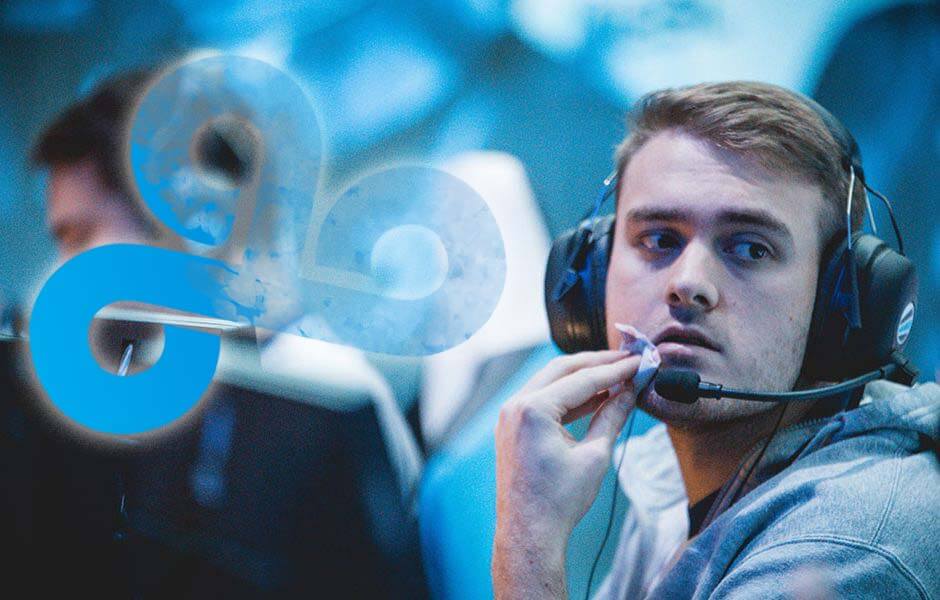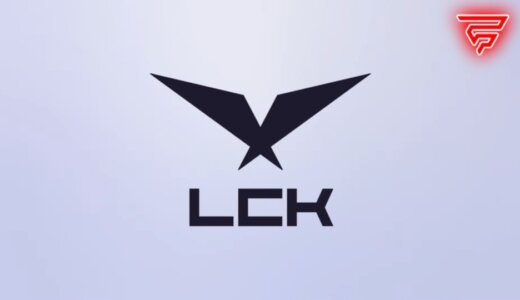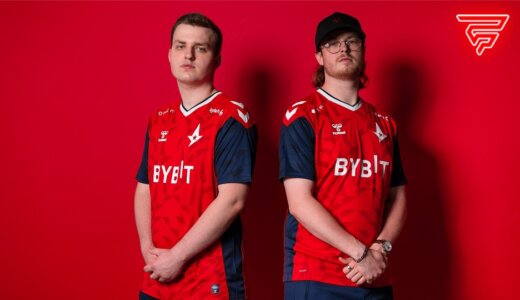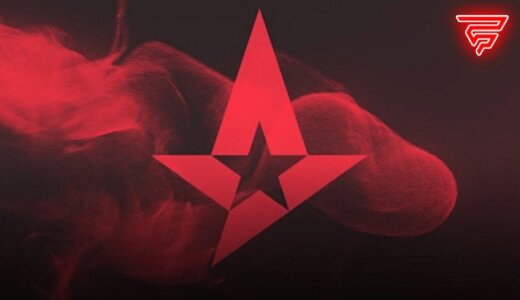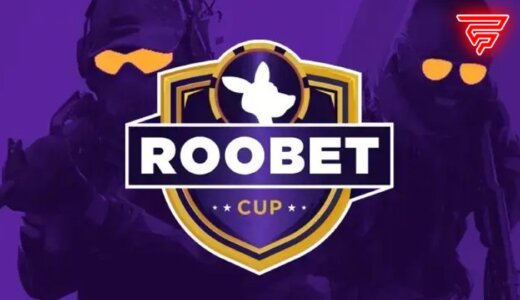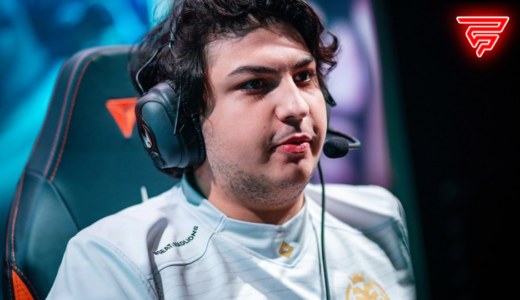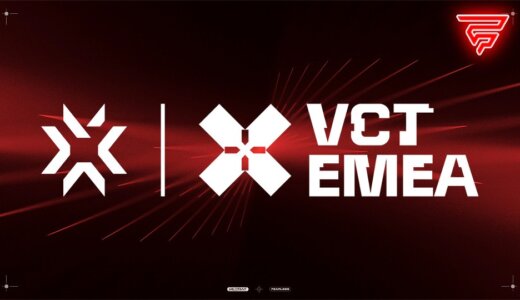The Cloud9 lineup has barely been together for half a year, but now it has been placed on the transfer market alongside its coach. How did it come to this and was the Colossus doomed from the start?
In September of 2020, CS:GO caster Henry “HenryG” Greer announced his intent to retire from broadcasting. Subsequently, he was announced as the new General Manager of Cloud9’s CS:GO division. Over the next few weeks, they announced Aleksandar “kassad” Trifunović as coach and Ricky “floppy” Kemery as the last surviving member from the previous lineup. Later, Alex “ALEX” McMeekin joined the party for a hefty sum. William “mezii” Merriman and Özgür “woxic” Eker followed suit, and the lineup was finally completed with the signing of Patrick “es3tag” Hansen.
Just like Complexity’s ‘Juggernaut’, the Colossus aimed to climb to the top of international Counter-Strike. Back then, Complexity had achieved quite a few impressive results. In their offline debut, they defeated Astralis in a Best-of-Three match in front of actual physical viewers!

mezii, es3tag, woxic (Image via Cloud9)
THE COLOSSUS’ FIRST FEW WEEKS
Cloud9 kicked off their campaign at Flashpoint Season 2. There, they had to contest OG, Gen.G, and Virtus.pro in their respective group, which was surely not an easy task. Admittedly, ALEX and his men got some close maps out of these teams – a 14-16 against Virtus.pro and an 18-22 loss to OG. This, however, still meant that they were out of the tournament without even a shot at qualifying through the Last Chance Stage.
Back then, Virtus.pro were on their way to becoming an international powerhouse. OG were favorites for the entire event. Cloud9’s tournament exit wasn’t that much of a disappointment just yet, but the debut of the Colossus was nonetheless a failure. At the BLAST Premier Showdown, they finally secured some victories, but narrowly lost out on the qualification to the Fall Finals versus mousesports. At DreamHack Masters Winter Europe, they bombed out after yet another loss to mouz. Once again, the team failed, but this defeat could still be explained away as a young team finding their way.
A SLOW AND STEADY DOWNFALL
After this tournament, however, there weren’t any high-profile events on the horizon for the remainder of 2020. To at least be somewhat busy, Cloud9 entered the Nine To Five #7 Cup. There, they were immediately seeded for the Quarter Finals, but after a narrow victory over PACT they got dealt a striking 0-2 blow by forZe.
This went to show that, maybe, there were bigger issues facing the young Cloud9 roster. Nobody was surprised to see them fail at reaching the Top 10 immediately. But their losses to the likes of forZe were definitely not part of the program and were unworthy of the goals that they had set for themselves.
But things got even worse for the team. Days before New Year’s Eve, kassad announced his departure from the roster. The coaching position was suddenly vacant. The veteran who was supposed bring the team together and make it work, had gone. When woxic left the team just weeks later, the critics became especially loud. Erick “Xeppaa” Bach might have been one of North American’s hottest prospects, but he was not on the same level with woxic and no suitable replacement in terms of roles anyways.
ALEX took over the AWPing duties, which he soon handed off to es3tag. The team then bombed out of the IEM Katowice Play-Ins. Later, they didn’t even manage to defeat VOYVODA, a Bulgarian mix-team, for a spot at DreamHack Masters Spring. During Snow Sweet Snow #2, they failed to survive the Quarter Finals they were seeded into automatically. Maybe this was the lowest point for the young team. When Cloud9 then failed to reach the playoffs of ESL Pro League, the management officially pulled the plug on the roster.
Regarding #C9CSGO: pic.twitter.com/QMUB0Zjgpq
— Cloud9 (@Cloud9) March 26, 2021
WAS ALEX THE WRONG TYPE OF IGL?
ALEX didn’t work at all in Cloud9 – and that was for the exact same reasons that actually made him flourish in Vitality in the first place. The young Brit is a relative newcomer himself. Within the French roster, he benefited from a host of veteran players who could offer him stability and support. Nobody has to explain to Cédric “RpK” Guipouy how to play CS:GO properly.
At Cloud9, however, ALEX was met with four players who would have needed guidance from a veteran. After all, es3tag peaked under Astralis precisely because he had Lukas “gla1ve” Rossander backing him up. The second he joined Cloud9, his performance tanked. We never got to see the level he displayed during his tenure with the Danes.

Under Astralis, es3tag’s rating shot up in August of 2020. After his transfer, however, he declined in form.
This is by no means a critique of ALEX as an in-game-leader, it just means that he may not have been the right fit for this lineup. Under Vitality, he had definitely proven his worth, but the conditions were radically different and he had so much veteran knowledge and talent to draw from. Even if the potential of es3tag, woxic, mezii, and the rest had been limitless, he might never have been able to actually get it out of them.
WERE CLOUD9 TOO IMPATIENT?
What do Natus Vincere, Astralis, Gambit, Virtus.pro, and Team Liquid have in common? For one, they make up the current international Top 5. But they also feature lineups whose cores have been working together for a long time. Virtus.pro have been playing in this constellation for over a year. The organization’s investment and trust in the players has only really paid out a few months ago. The same holds true for Gambit, who have slowly fostered their Youngsters lineup since the Summer of 2019.
Many of these players were not recognized as international top talent a few months ago. Nobody expected them to compete against the best teams and only through hard work and patience, they have powered through to the top. Cloud9 have gone a much different path. They weren’t too keen on waiting for their success to set in. They wanted glory – and they wanted it immediately!
In doing so, they took away their lineup’s chances of actually growing. The ‘Colossus’ marketing campaign put incredible pressure on those players to perform. The transparency that HenryG brought to the negotiation table also revealed the massive financial investment that Cloud9 had put behind these players. ALEX and his men were not equipped to deal with these kinds of expectations.
WHY COMPLEXITY WORKED OUT
There are very few parallels between the ‘Colossus’ and the ‘Juggernaut’. Just like ALEX, Benjamin “blameF” Bremer rose to fame as the high-performing IGL of another team. Just like mezii, Owen “oBo” Schlatter and Valentin “poizon” Vasilev were relatively unproven youngsters. But that’s where the similarities end. Complexity made sure to factor in a few important points as they constructed their roster.

Under Complexity, blameF has already recorded some impressive victories – proving that the super-team approach can actually work.
Unlike es3tag, Kristian “k0nfig” Wienecke has been around for a long time. Many argue that he has already left his best days behind. But at least he is a stable and proven player, who doesn’t crumble under pressure easily and doesn’t require a lot of assistance. Will “RUSH” Wierza might not be the machine he used to be under Cloud9, but as a Major winner, he brings a solid foundation and great support skills. These building blocks were severely lacking in the Cloud9 project.
DID CLOUD9 EVEN STAND A CHANCE?
The project commenced in the midst of a global pandemic and gave the players limited means to get off the ground and meet their goals. These goals were then set much too high anyways. The lineup was expected to quickly grow into at Top 10 contender and climb the international top of CS:GO.
Now that the project has officially become a failure, it might sound easy to retroactively dismiss it. But there were warning signs and red flags from the very start. The construction of the roster was riddled with mistakes and relevant factors were omitted in the selection process, factors which would have massively helped the team get off the ground. The players are not to blame. After all, ALEX and his men surely gave their all to this team. It stands to question whether this project might have worked out just fine with a different caller, a different support, or different star fraggers.
But all these questions are in vain, now that one of the biggest esports organizations has retreated from CS:GO and has sunk millions into a failed project. For Cloud9, this is a lesson that star players and big names won’t replace a well-built roster. For the CS:GO scene, it is a harsh reminder that success is built with time, dedication, and trust. Maybe this case study can help other organizations avoid making the same mistakes, so that their interest and connection to Counter-Strike will remain intact in the long run.
